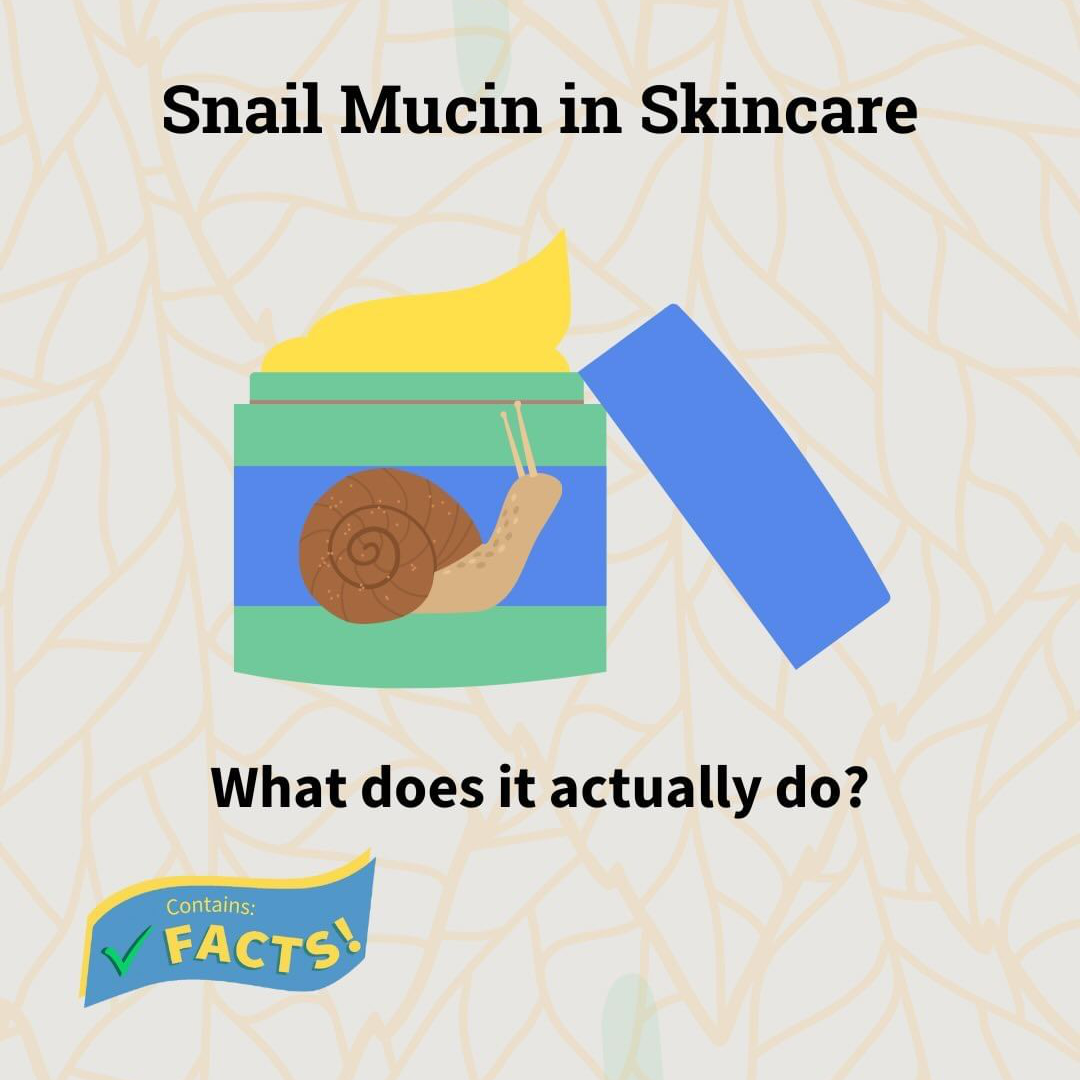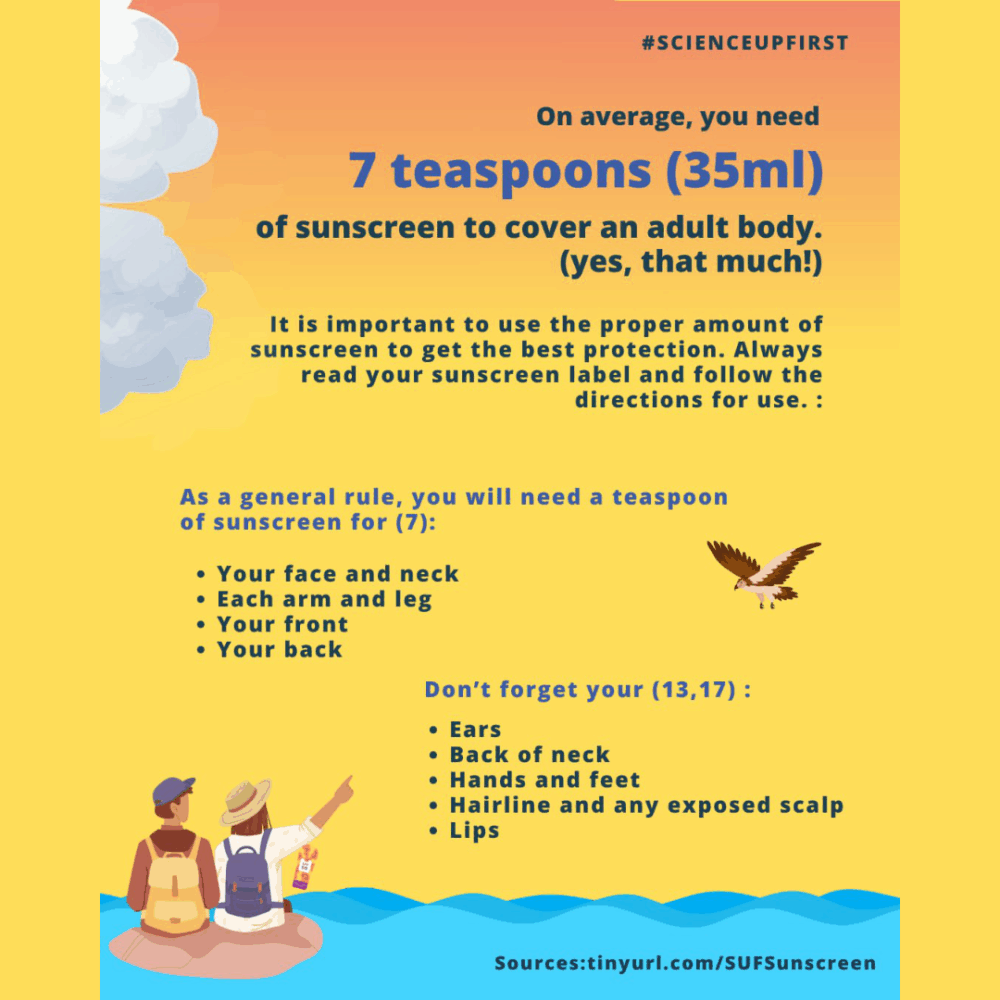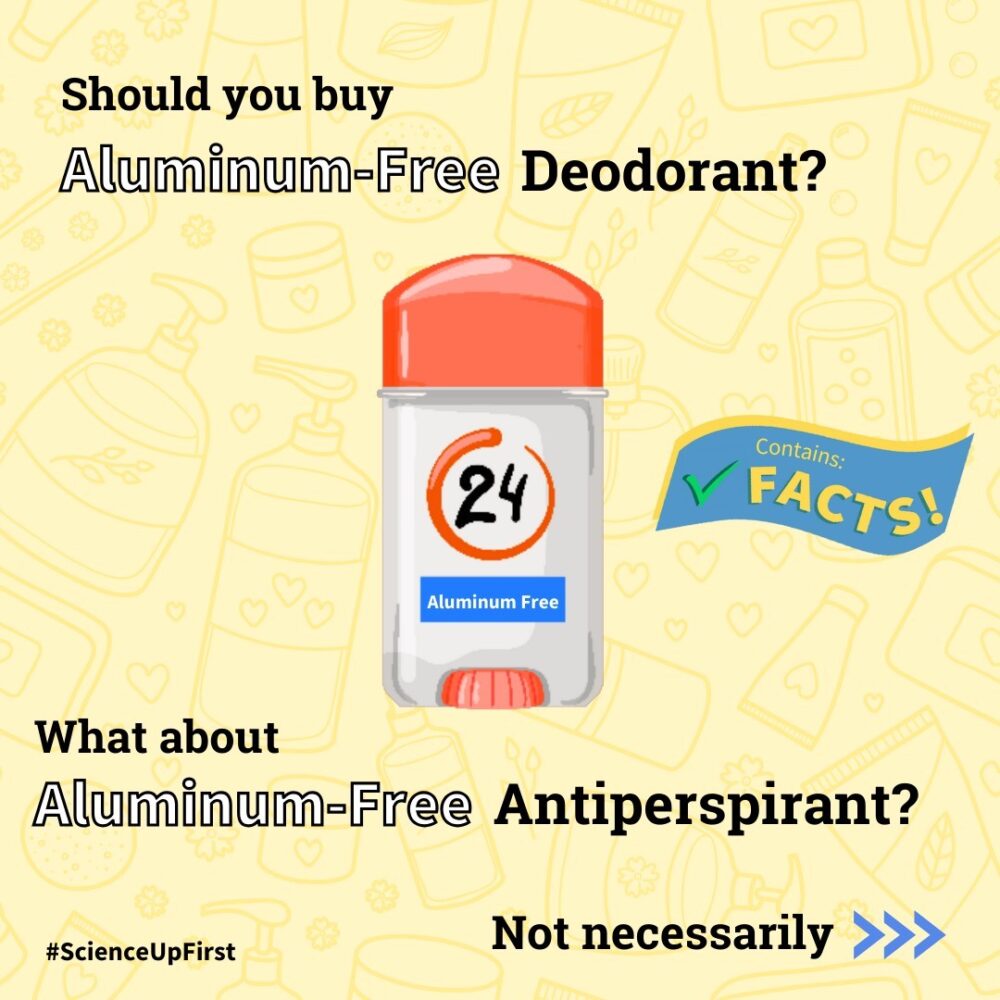Do you use snail mucin on your skin?
While potential acne and scar healing properties are mentioned in the video, snail mucin may also have hydrating, anti-wrinkle, antimicrobial, and anti-inflammatory properties (6-15). However, more reproduction studies in large human samples are needed.
People with allergies to shellfish may be more likely to have irritation in reaction to snail mucin products (16). It might be good to test out the product on the inner arm for a few days before applying it more thoroughly on the face.
Furthermore, ethical standards around the production of snail mucin may differ depending on where the product comes from.
Some places will collect the mucin as it is released naturally from the snails (17), but many methods rely on inducing stress, which produces more mucin. This can be done via electric stimulation in distilled water (18,19), blunt force (swabs, sticks, rods, etc) (20), jet sprays and salt solutions (21,22), or even un-shelling or cracking the shell of the snails open to collect the mucin. Industrial production tends to rely on electricity and water sprays more (20). The snails might be released after they have “recovered” or euthanized before they are sold as a food product (23).
There are also vegan options and alternatives that may be worth looking into.
A special thanks to @CynthiaDulude, not only for her expertise and knowledge on snail mucin but also for her critical and measured approach with everything regarding cosmetic products.
Sources: https://tinyurl.com/SUFSnailMucin
Share our original Tweet!
Would you use snail mucin on your skin?
— ScienceUpFirst | LaScienced'Abord (@ScienceUpFirst) August 28, 2024
Many claims have been made around this product for which the global market could already be above a billion dollars.
Sometimes, a snail's pace is preferable to jumping to conclusions👇https://t.co/MG5yP164VP#ScienceUpFirst pic.twitter.com/wL6A4BZrzJ
View our original Instagram Post!




